
1784: King Carlos III of Spain granted Juan Jose Dominguez a vast 75,000-acre tract of land in the Los Angeles area close to the Bay of San Pedro – the First Spanish land grant in California – which included the entire Los Angeles harbor. For decades, the Dominguez heirs fought repeated challenges to ownership, until a re-grant in 1823 and the first U.S. land patent in California in 1827.
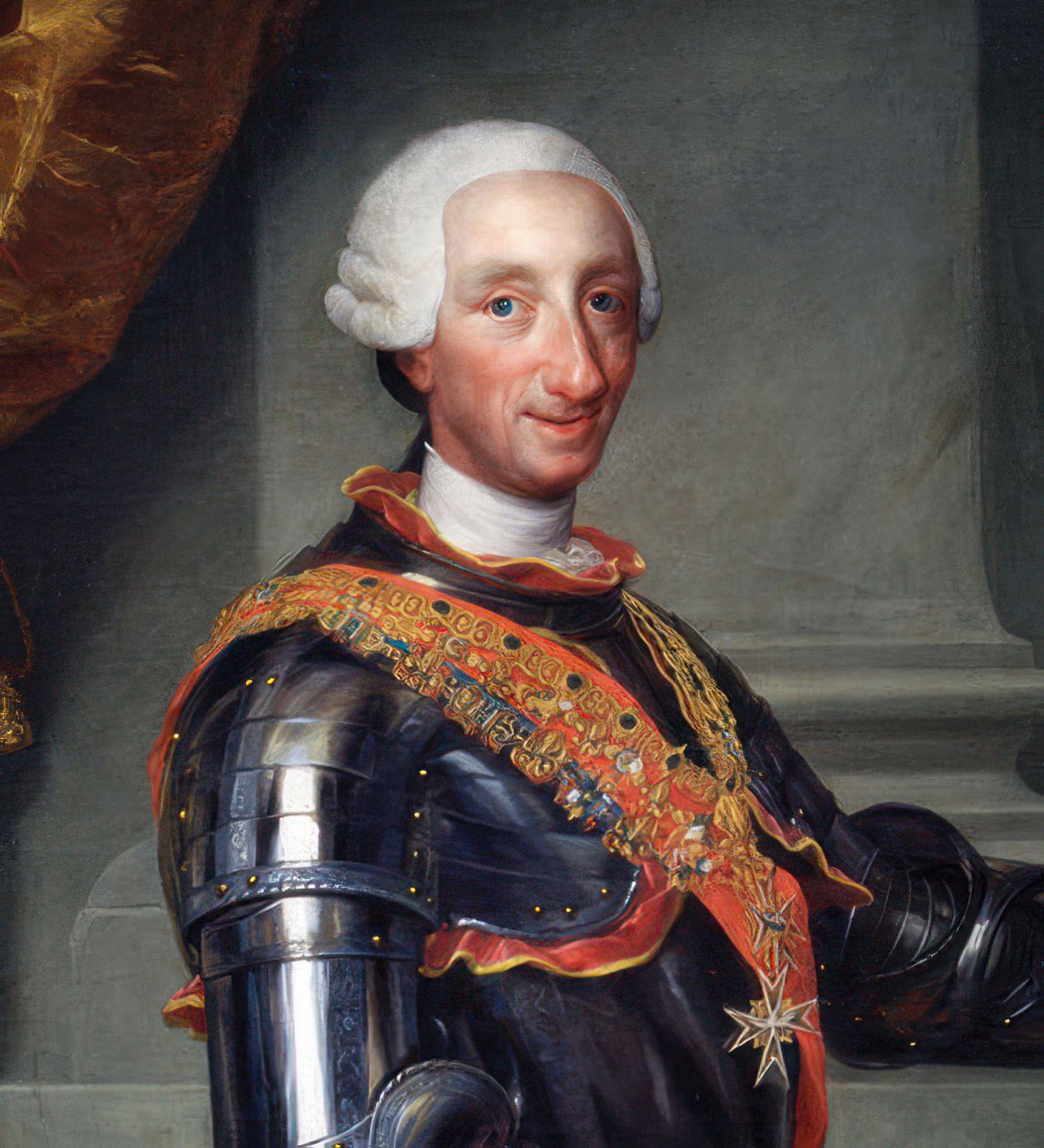
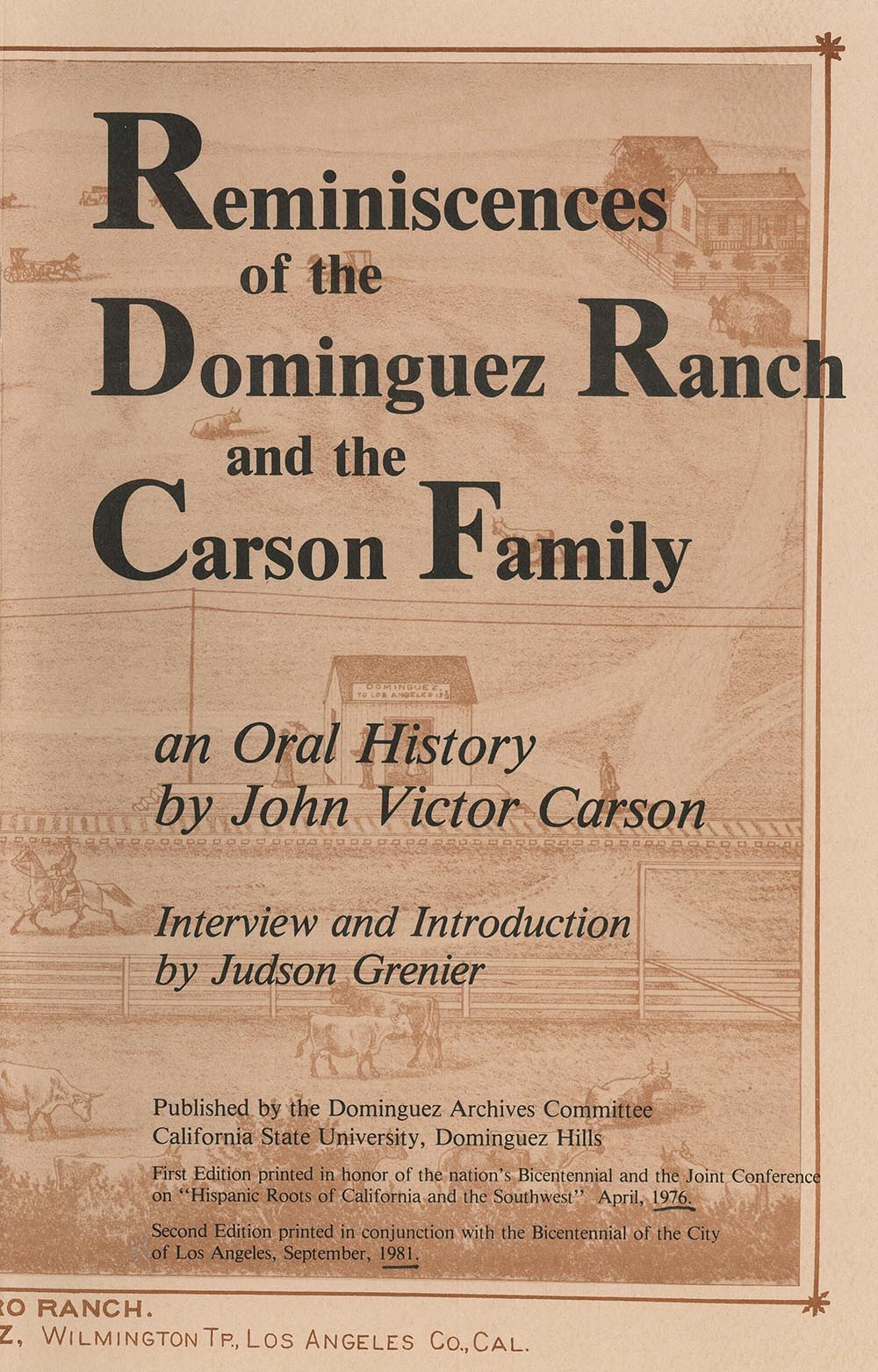
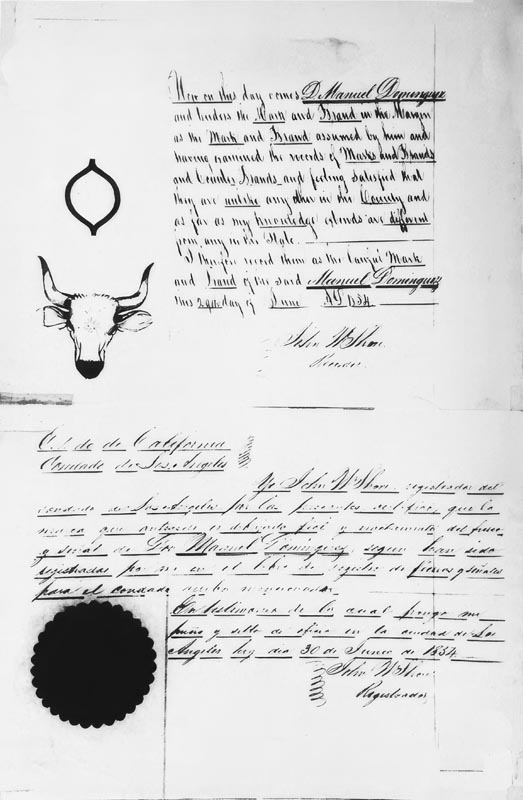
Generations of the Rancho San Pedro heirs have earned great influence and a distinctive standing in history for the Dominguez family. Manuel was elected Mayor and Judge of the First Instance of Los Angeles at just 29 years old (1832). After U.S. acquisition of California, he was elected to attend the First Constitutional Convention in California in 1849. His official brand was recorded in 1854. After internal family disputes, a legal decision in 1858 finally settled ownership, with President James Buchanan signing the first U.S. Patent of Title among Spanish and Mexican land grants in California, solidifying ownership of the Rancho under U.S. law. Manuel retained official ownership of nearly 25,000 acres, while the remaining land was divided among eleven Dominguez heirs—many of whom still hold portions of the original grant today. Three of Manuel’s daughters married into the Carson, Del Amo and Watson families.
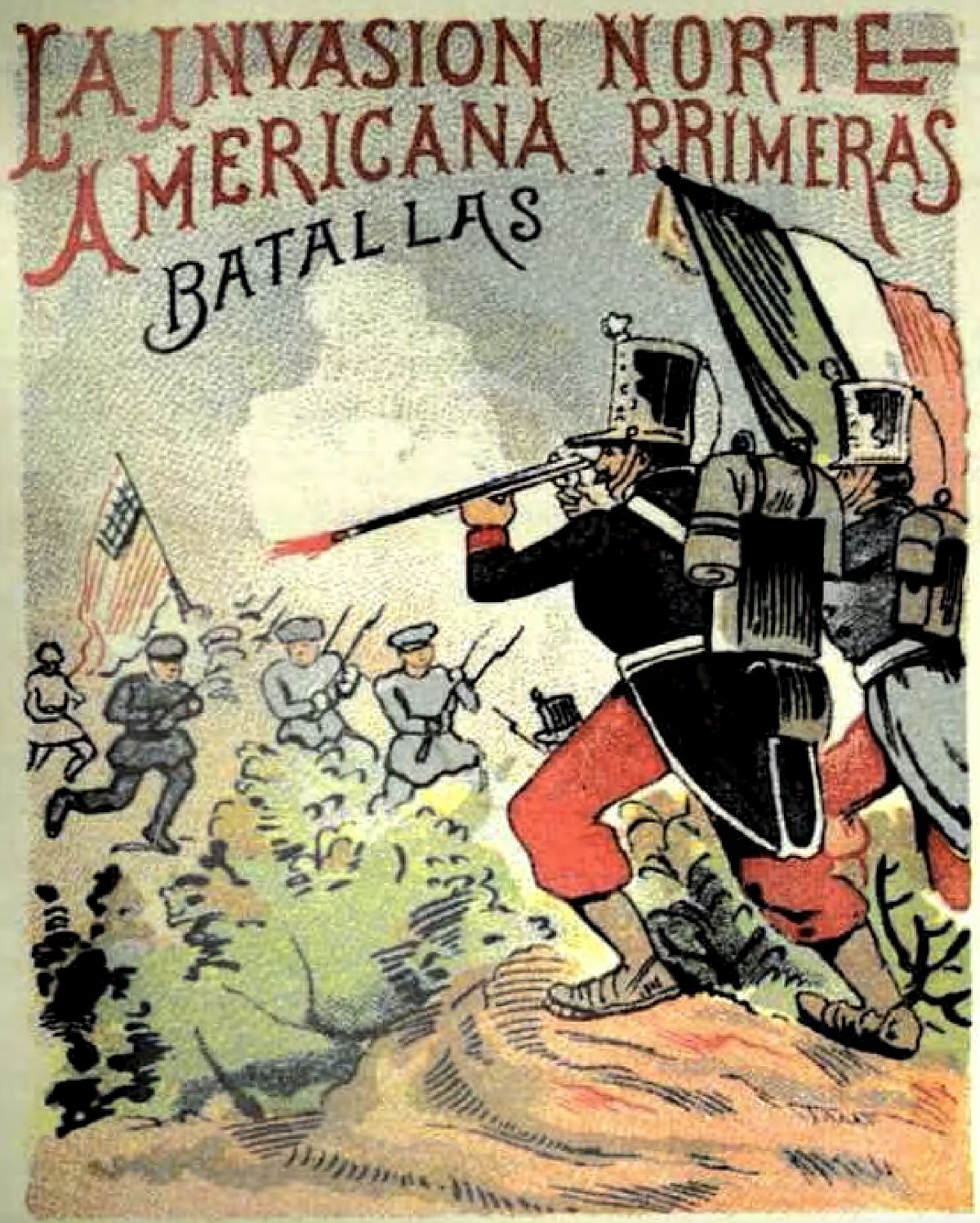
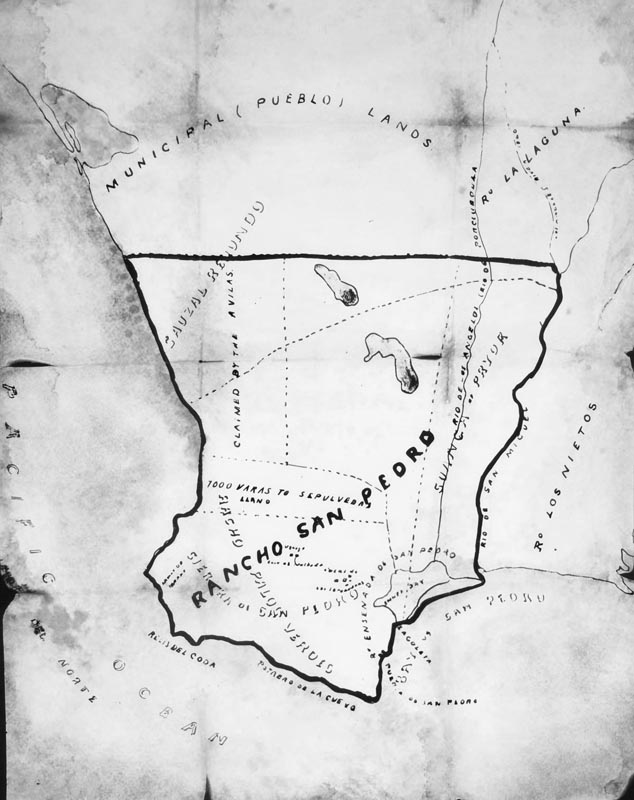
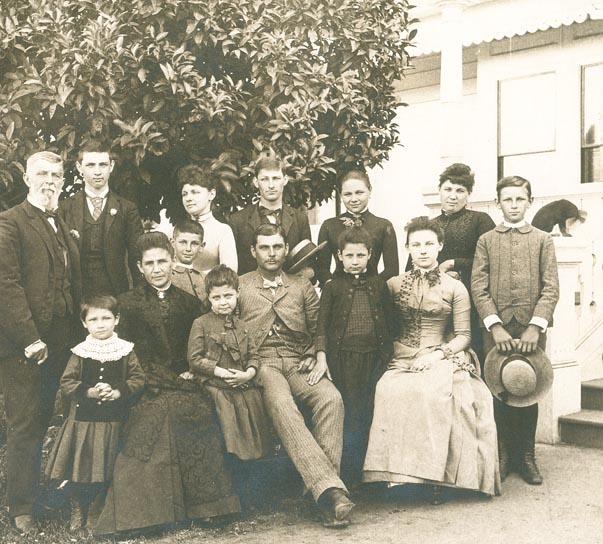
1800s: George Carson arrived in Los Angeles in 1854 after a treacherous expedition from New Mexico to California. A U.S. military veteran of the war with Mexico, George established himself, co-owning a hardware business, serving on the City Council of Los Angeles by age 28, and holding the office of Public Administrator for Los Angeles County on and off until 1873. By 1857, he had married Maria Victoria Dominguez, sold his business and begun to manage the Rancho as chief assistant to Manuel, playing a crucial role in holding the land for future development. At his urging, Manuel deeded a stretch of land through the Rancho to the Los Angels and San Pedro Railroad (now Southern Pacific Railroad), an agreement that connected Los Angeles to the San Pedro Harbor and eventually helped to link major markets nationwide. George’s innovations in farming and land management ensured profitability, introducing modern equipment and methods, following an early philosophy of innovation and development. After Manuel’s death, a legal battle over the partition of the Rancho San Pedro among six daughters left slightly over 24,000 to the Rancho San Pedro (and a net worth of $167,436.34 in 1882).
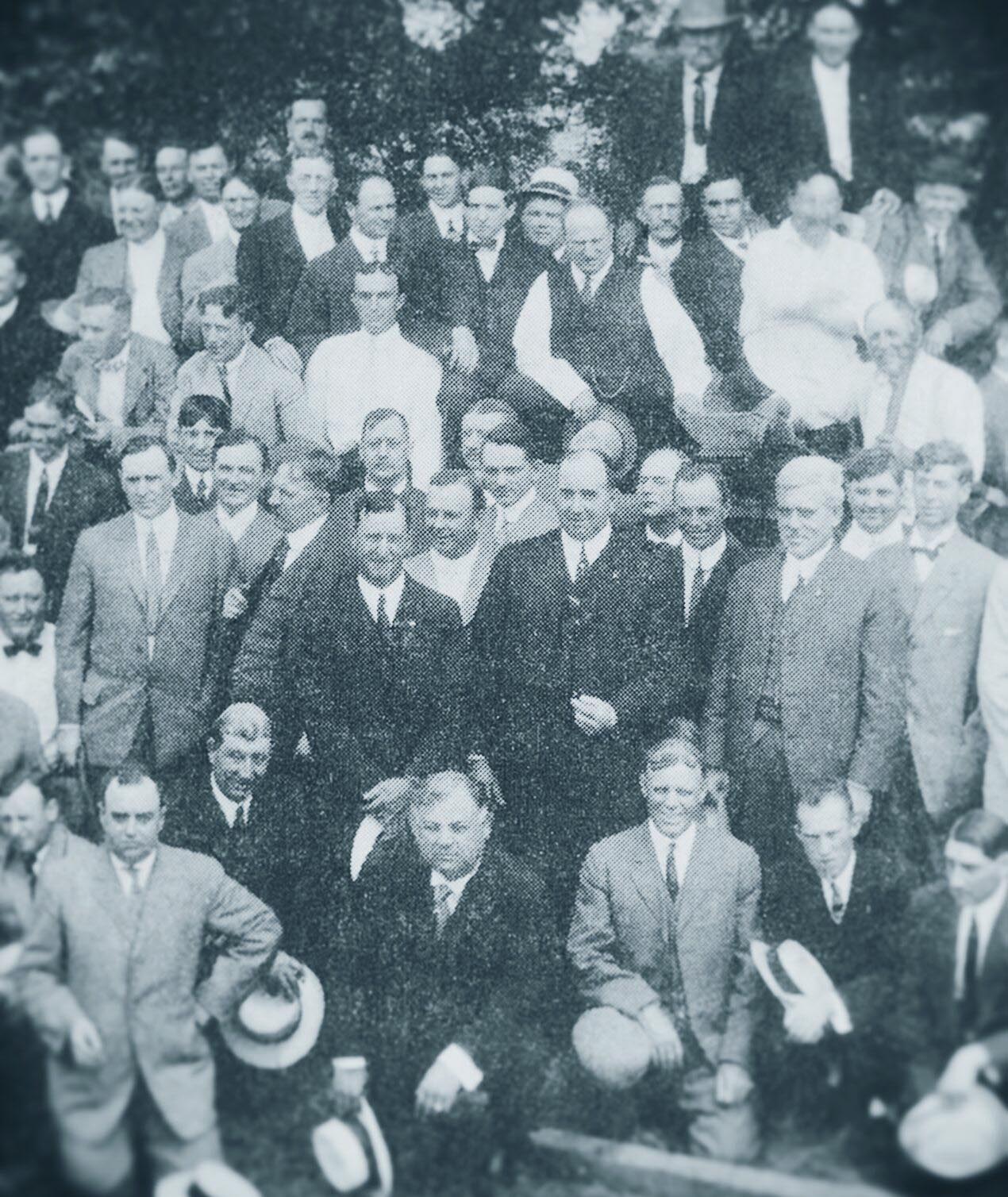

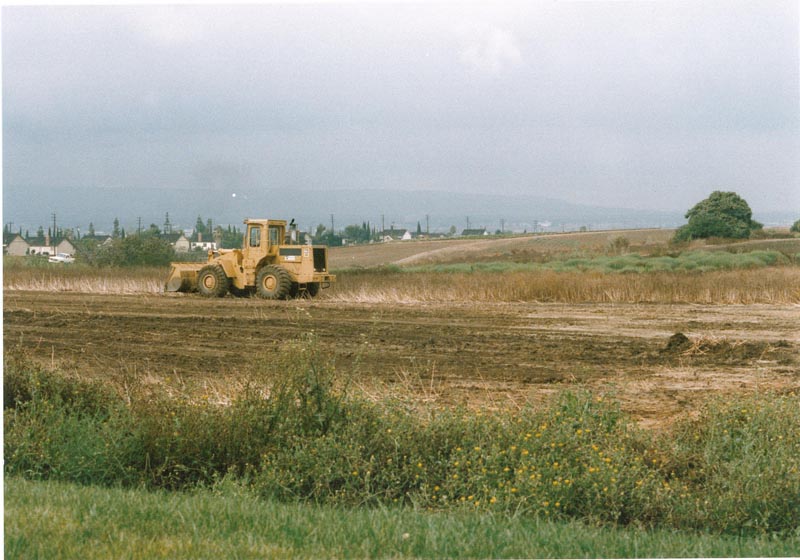
Early 1900s: After George’s passing in 1901, his son John Manuel Carson took charge of the family estate. In 1914, the Carson Estate Company formally incorporated, preserving the family’s assets under the presidency of George’s wife, Victoria Dominguez de Carson, and director roles of her children, holding the Dominguez-Carson family assets intact.
Meanwhile, upon the death of Manuel’s oldest daughter in 1910, John Carson managed the Dominguez Estate Company at a value of over $1 million, which had been willed to her five sisters. John was a savvy ranch owner, businessman, investor, and civic leader. Upon the discovery of oil on Dominguez Hill he changed the company’s trajectory. In a lease agreement, Union Oil Company leased operated 350 wells on 1,200 acres. John capitalized on the boom, selling a portion of the land for petroleum refining and industrial development.
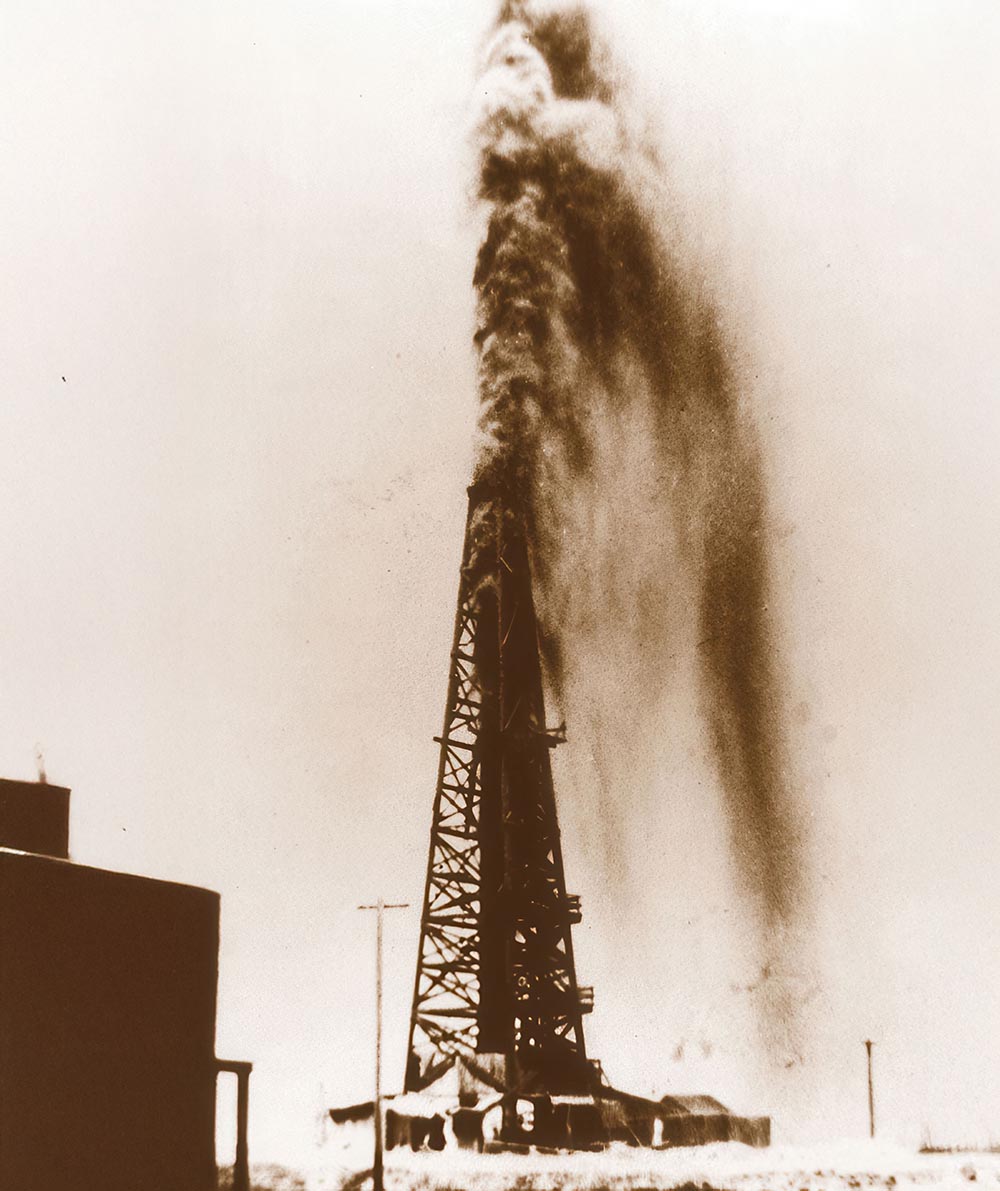
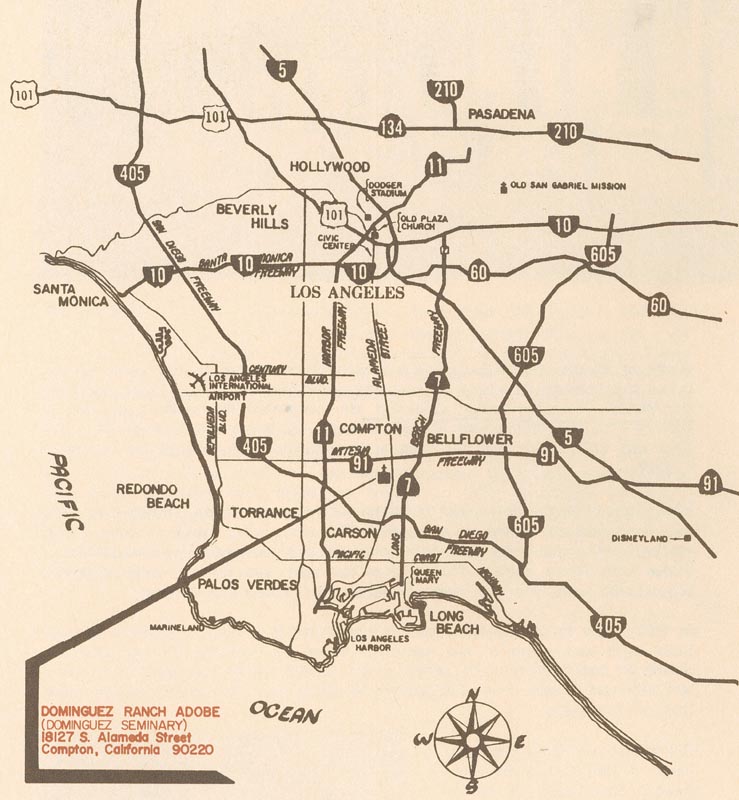
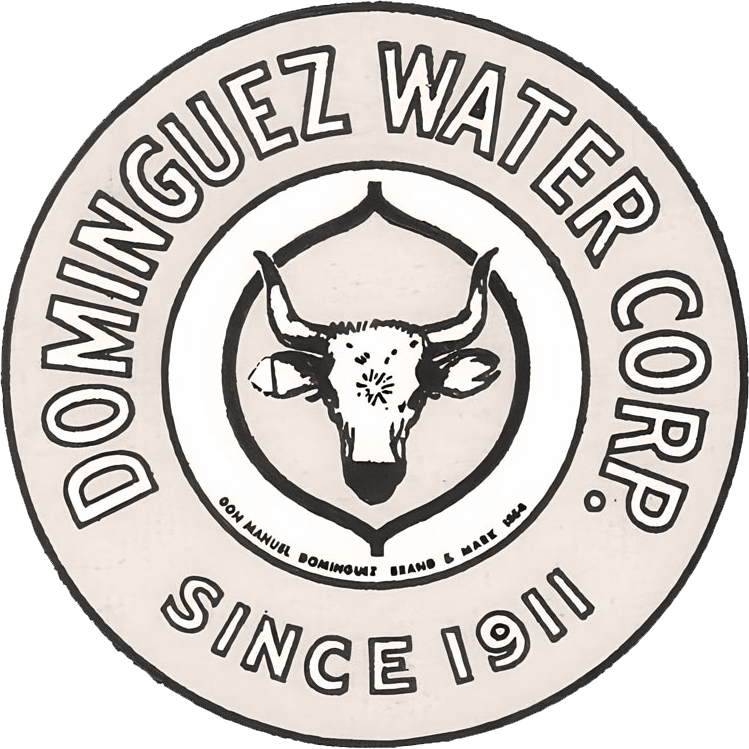
Later 1900s: Expanding beyond oil and water production, the Carson Estate Company began its first active real estate development by participating in the construction of a 10-story office building at 5410 Wilshire Boulevard in Los Angeles in 1931. As the community rapidly expanded, the company developed a 1,200-acre parcel on Dominguez Hill for business and industry use in 1954. As oil wells slowed production in 1967, the company negotiated Southern California’s largest real estate transaction, selling over 1,600 acres of the original Dominguez land grant for $58,500,000. The following year, the remaining unincorporated area of the original land grant was officially designated The City of Carson, narrowly outvoting the other proposed name of Dominguez.
Though the Carson Estate Company shareholders returned to oil and gas as prices skyrocketed in 1973, the company focused on increasing industrial development, leveraging proximity to the international ports of Los Angeles and Long Beach. In 1983, the Carson Estate Company began its own development of Dominguez Technology Center, a 438-acre, master-planned industrial business park on the Dominguez Hill properties. Expansion continued with the 1985 development of Homestead Business Park with six state-of-the-art industrial buildings on the land where the original Carson Family home had stood.
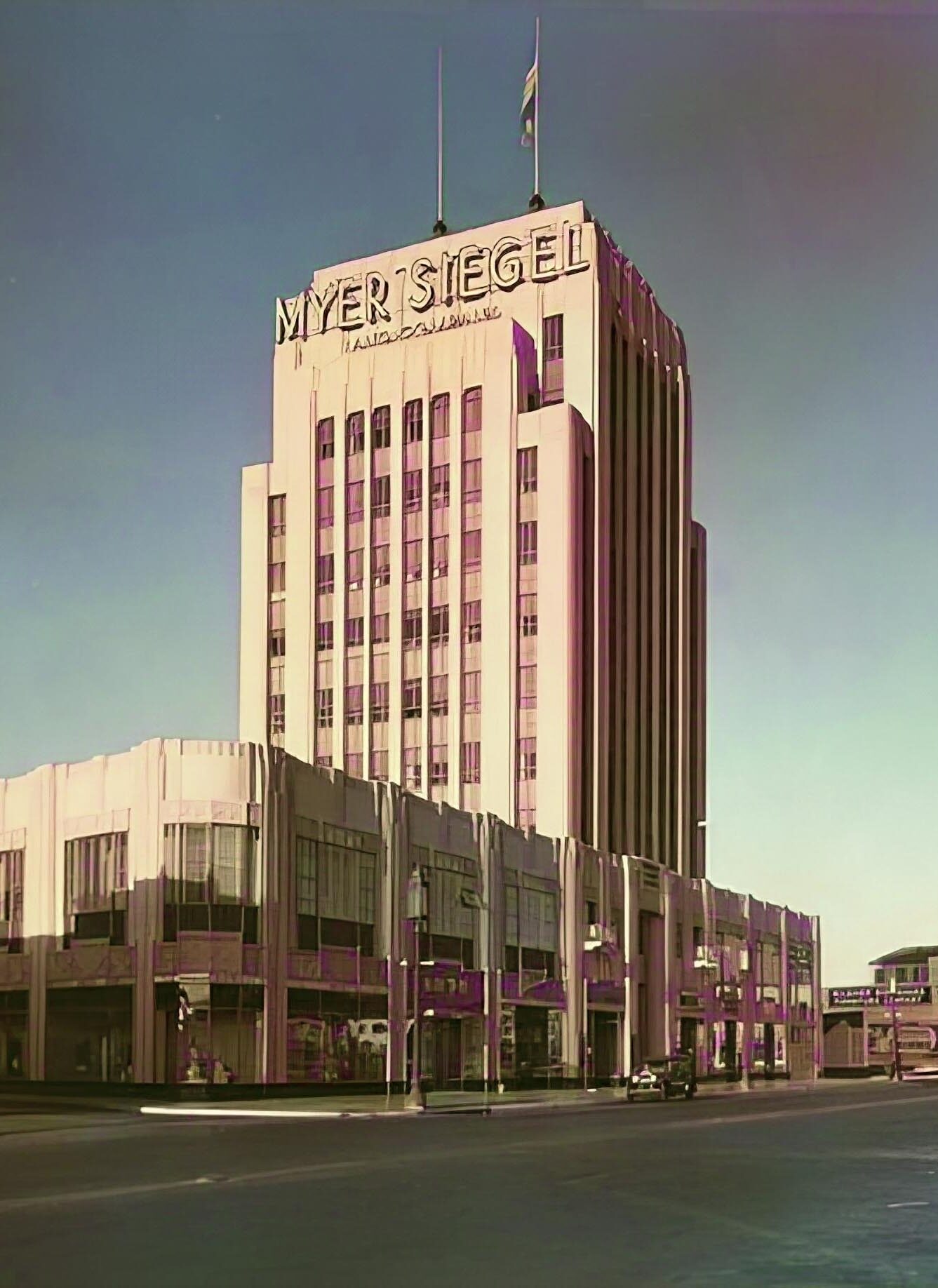
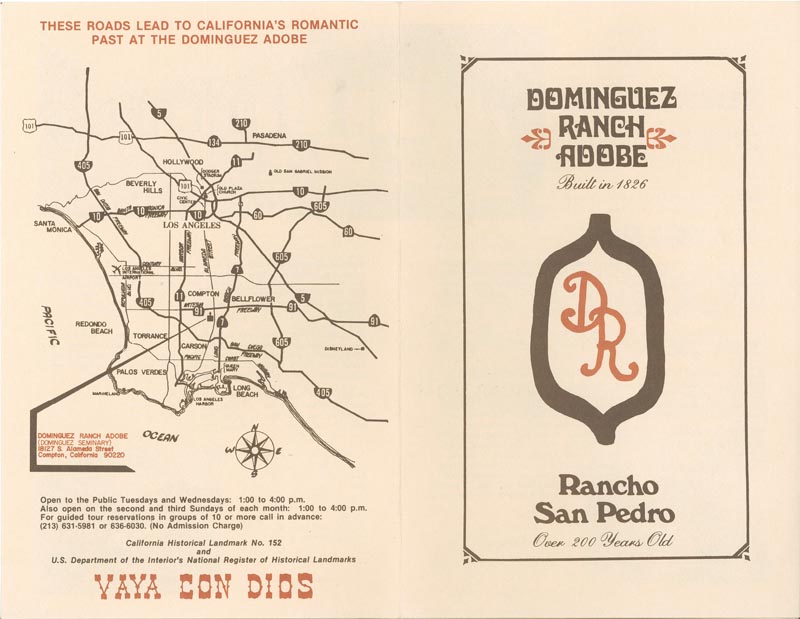
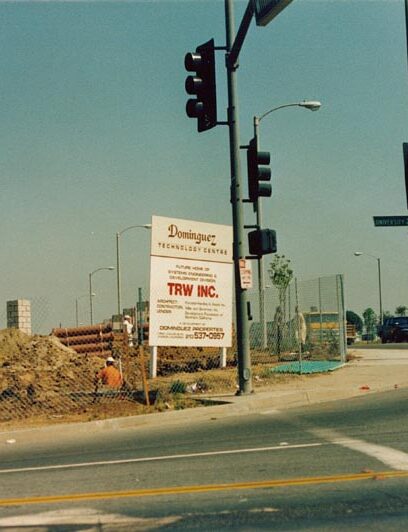
Into 2000s: On its 75th anniversary in 1989, Carson adopted a new logo and an umbrella name: Carson Estate Company. Continuing the legacy of community involvement, the firm developed the Dominguez Brand Awards for excellence in city government, community service and teaching. It began presenting scholarships for exceptional students attending California State University – Dominguez Hills. The family’s historic home built on Dominguez Hill in the 1820s stands as a museum open to the public today.
By 1999, with 97 percent of the assets in real estate, the company reorganized as a real estate investment trust (REIT) – the Carson Estate Trust – under newly appointed president James Flynn. With a focus on ownership of industrial buildings for logistics and manufacturing industries, the REIT owned about 2.8 million sq ft.
Since then, key milestones have included:
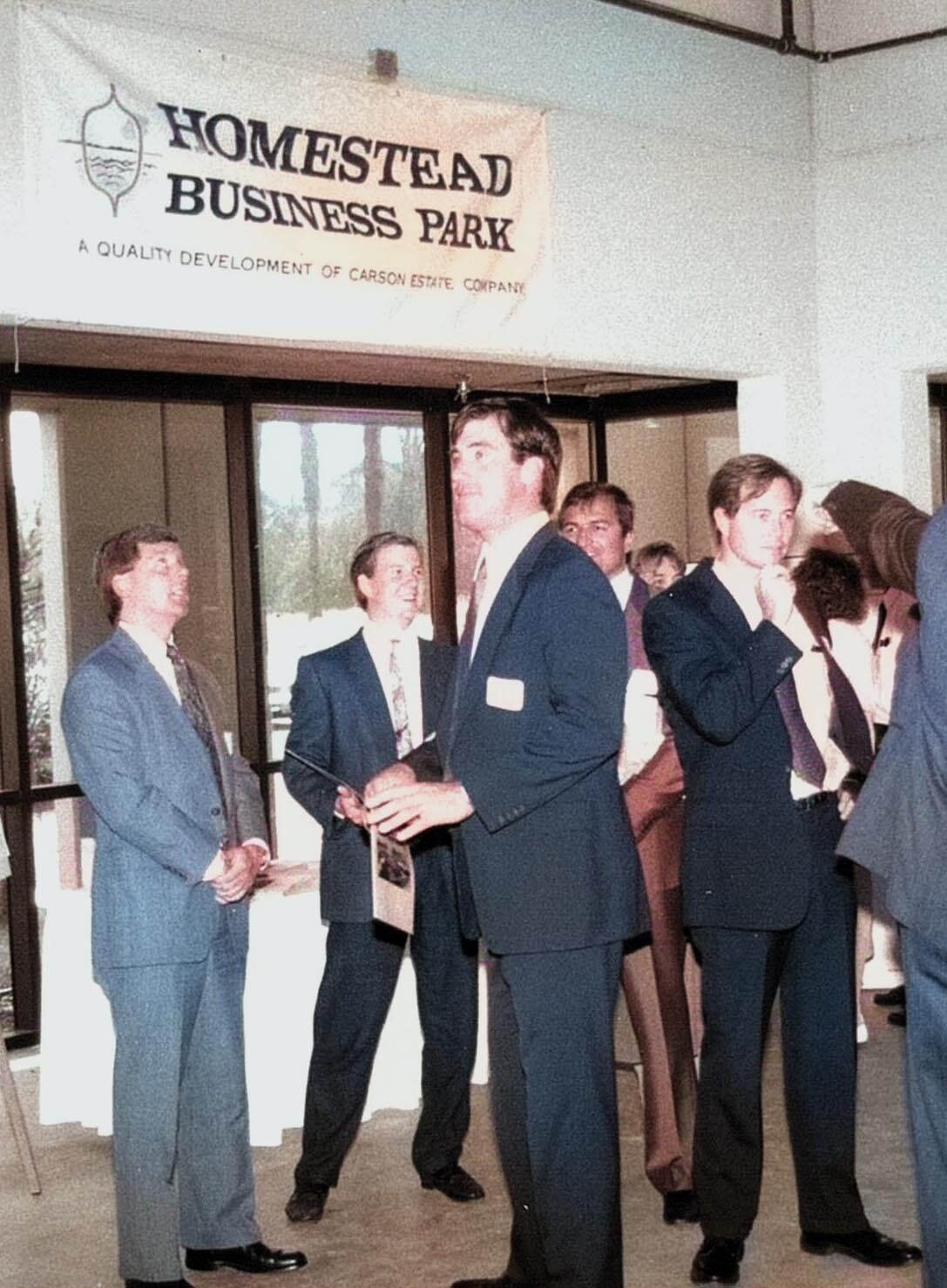
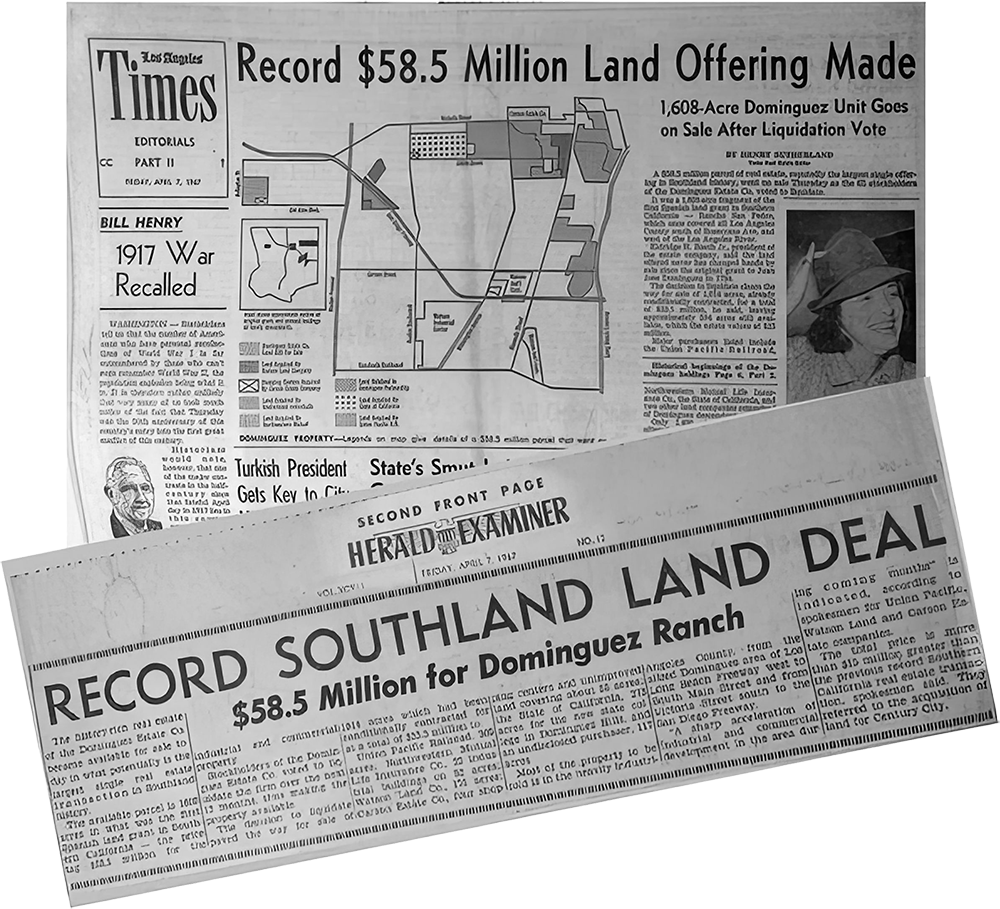
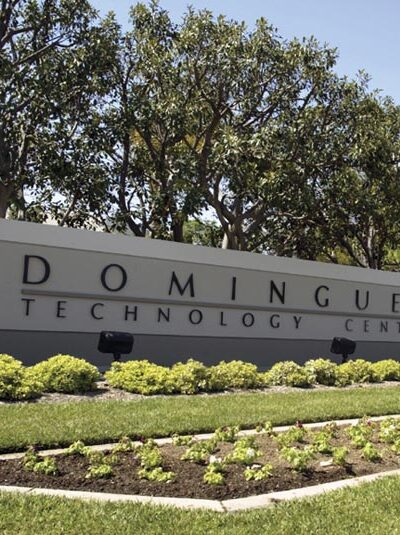
Today, Rancho San Pedro is the largest and oldest existing grant remaining in the family of the original grantees, with descendants operating the Watson Land Company and Carson Estate Trust on the original Rancho land.
By the 100th anniversary in 2014 – with the vast majority of the company still owned by direct descendants of George and Victoria Carson and mostly family trustees – the company owned more than 12 million sq ft of real estate assets. Continuing its expansion, Carson began development in Pennsylvania – the Lehigh Valley offering proximity to major markets and ports up and down the east coast. The company continues to expand in key markets, such as the Southeast, that serve as industrial transportation hubs.
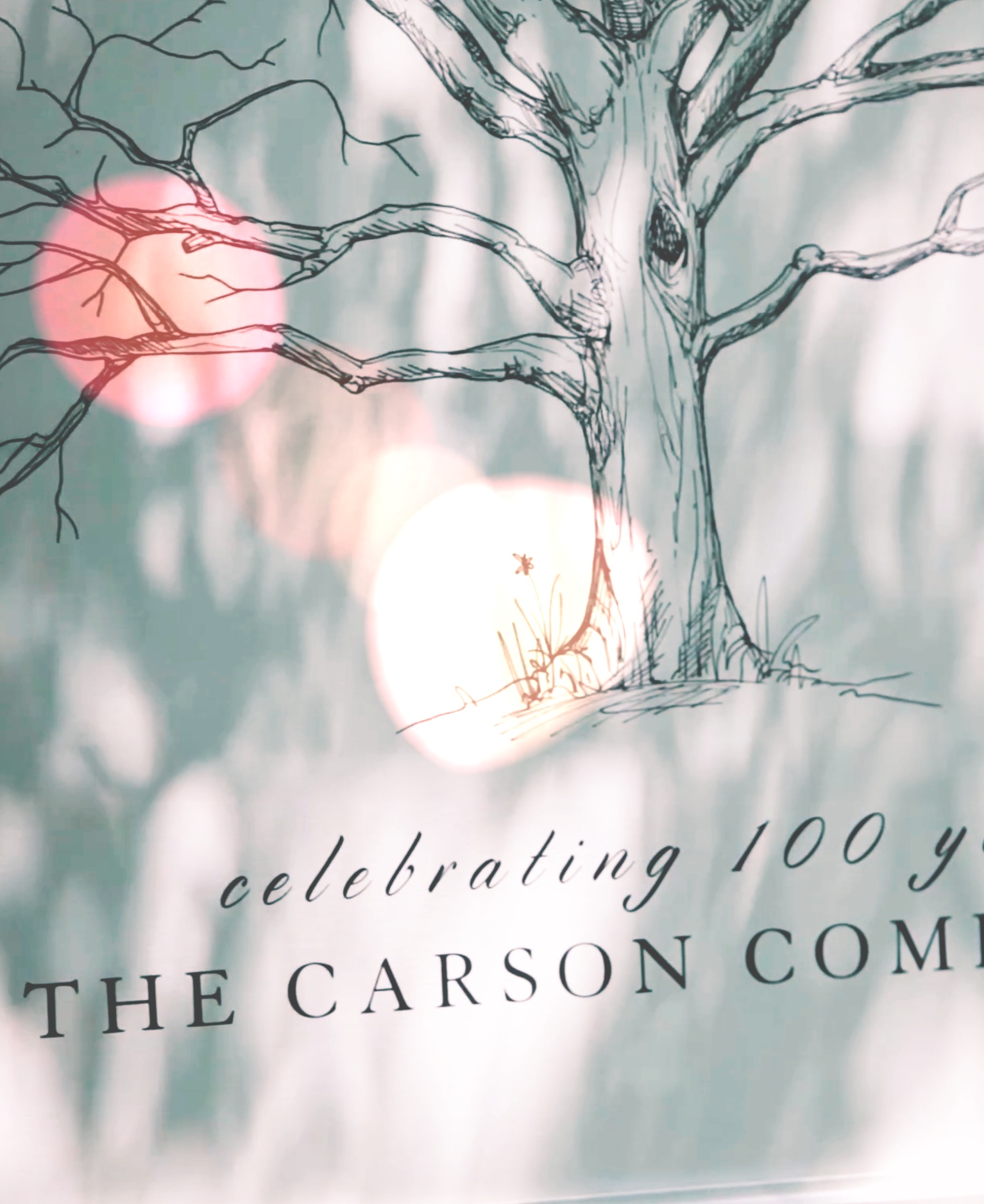
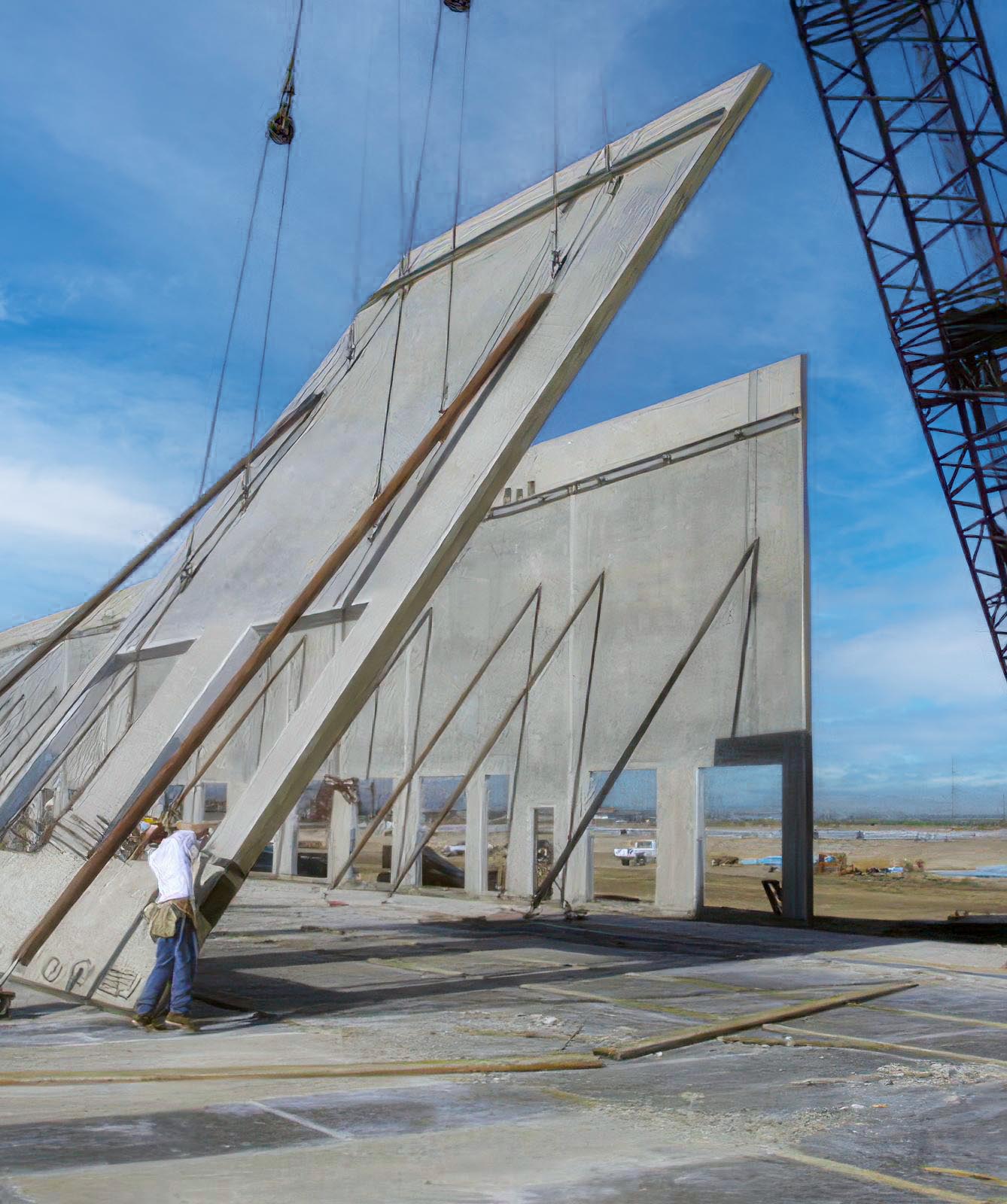
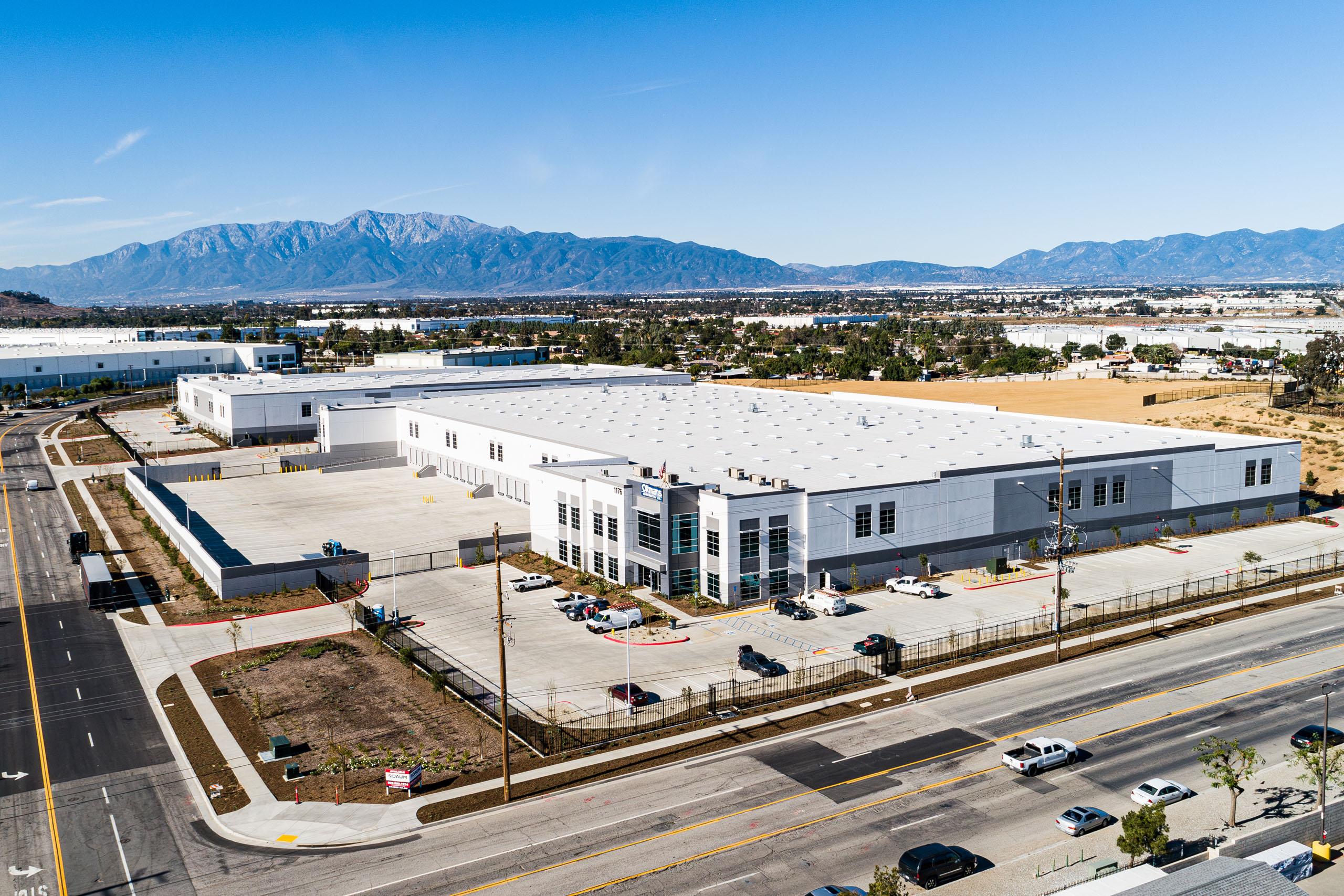
Exceptional industrial properties of enduring value
©2025 Carson Companies | All Rights Reserved | Privacy Policy